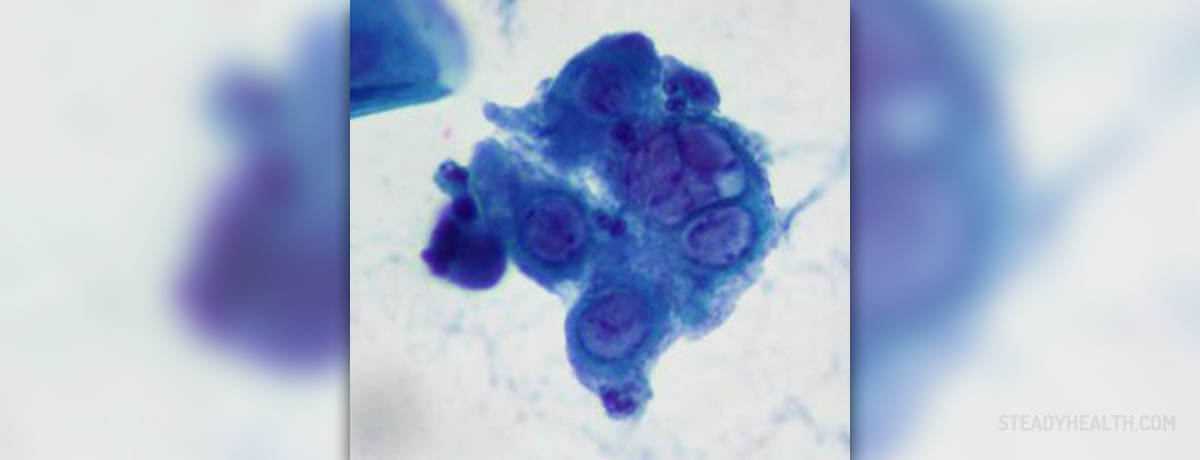
Herpes zoster is a skin condition caused by the same virus that is responsible for chickenpox, Varicella zoster virus (VZV). It may only affect people who have already have chickenpox. Namely, once the primary infection with Varicella zoster virus is gone the virus does not leave the body. Instead it stays dormant in the nervous system and is able to reactivate under certain circumstances. The condition typically affects people with weak immune system such as patients suffering from HIV/AIDS, cancers and those on prolonged immunosupressing treatment. So only in case the immune system is weak the body cannot control the virus, it starts to multiply and typical skin changes develop. Clinical Characteristics of Herpes Zoster Infection
The condition starts with specific symptoms such as burning pain and increased sensitivity of the skin. These introductory symptoms may last from several days to a week. After certain period of time the specific skin changes start to develop. The person develops a skin rash. The rash is made of small blisters on a red base. The new blisters form continuously within several days. The formation of blisters follows the typical path of the specific nerve that is responsible for innervation of the affected skin. The blisters may rupture and the affected area starts to ooze. Eventually the ruptured blisters start to crust and heal. The pain associated with formation of the blisters is excruciating and many times hard to bear.
Is There a Cure for Herpes Zoster Infection?
There is no definitive cure for shingles but the symptoms and signs may be controlled with certain medications. Anti-viral medications such as acyclovir, Valacyclovir and famcyclovir can reduce the severity and duration of the rash but since they are administered once the rash has already developed their effectiveness is limited. Pain caused by herpes zoster infection is brought under control with pain killers. Non-steroidal anti-inflammatory medications are usually prescribed to patients suffering from intensive pain associated with herpes zoster infection.
It is essential to keep the affected skin clean. This can effectively prevent secondary infection with bacteria and potential complications. Patients may bathe and the skin can be cleansed with soap and water. The pain is additionally alleviated with cool compresses and anti-itching lotions (calamine lotion).
Potential Complications of Herpes Zoster Infection
There are several complications of herpes zoster infection. First of all the, skin changes may get infected with bacteria. This prolongs the process of healing. Furthermore, herpes zoster ophthalmicus (the infection of the eye) carries a risk of permanent loss of vision. And finally, one more rather rare complication associated with this skin condition is Remsay Hunt syndrome. In this syndrome there is damage to the fifth, ninth and tenth cranial nerve. The symptoms and signs are much more serious and there is an increased chance for permanent loss of specific functions.


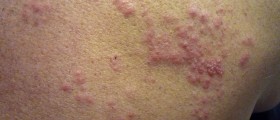
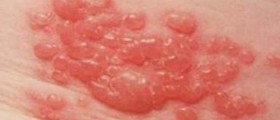



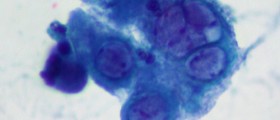
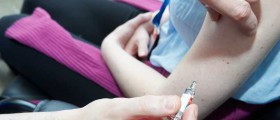

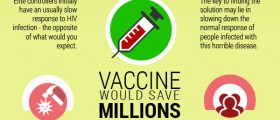
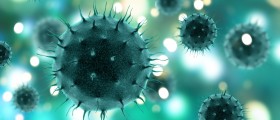





Your thoughts on this
Loading...